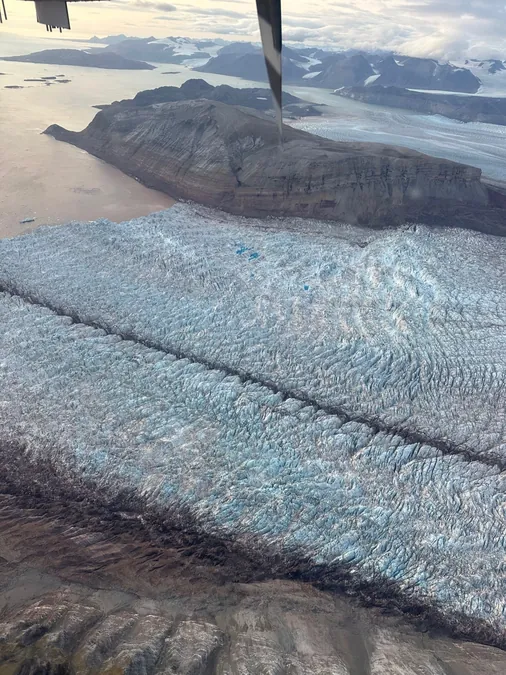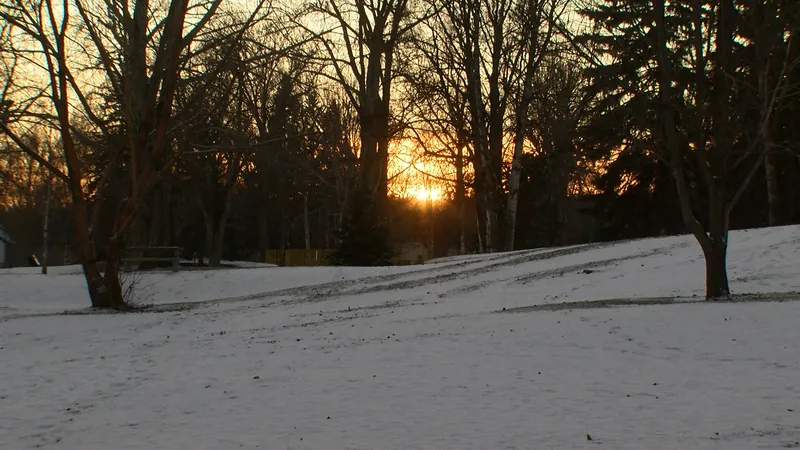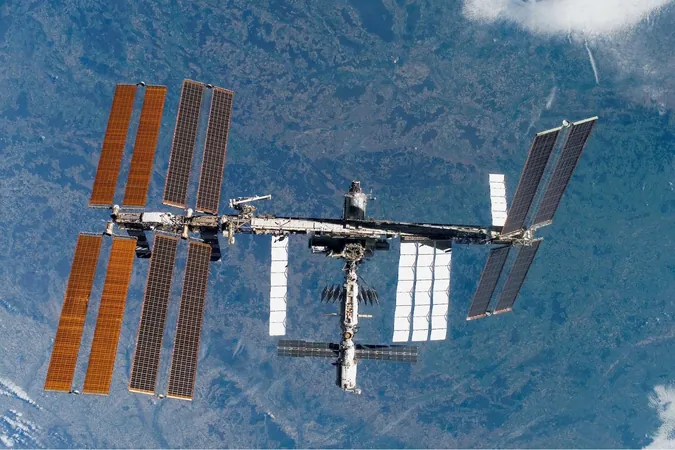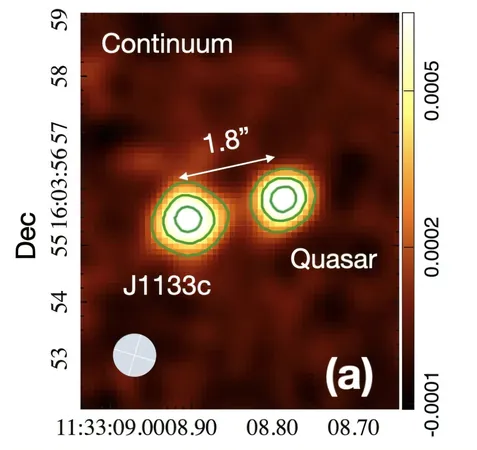
Shocking Retreat: New Radar Data Exposes Rapid Glacier Loss in the Arctic!
2024-11-19
Author: Benjamin
Introduction
As temperatures in the Arctic soar to alarming levels, marine-terminating glaciers, particularly in locations like Svalbard, face unprecedented retreat and intensified calving events. Groundbreaking research from the European Space Agency's (ESA) Space for Shore project reveals startling insights into this growing crisis.
Radar Data Utilization
Utilizing radar data from the Copernicus Sentinel-1 mission, scientists are able to monitor glacier dynamics with remarkable precision, providing year-over-year evaluations of glacier retreat and the intensity of calving events in critical regions such as Kongsfjorden. As ice calves or breaks away from glacier termini, it significantly contributes to rising sea levels—posing dire threats to coastal communities globally.
Collaborative Research Efforts
Recently, in a collaborative effort between I-SEA (France) and NORCE (Norway), researchers reviewed over a thousand radar images from Sentinel-1 covering the period from 2015 to 2023. Their meticulous analysis highlights the significant retreat occurring among Svalbard's coastal glaciers during the peak summer months.
Sentinel-1 Technology
Sentinel-1’s synthetic aperture radar (SAR) technology is pivotal for capturing high-resolution data under the harsh conditions of the Arctic environment, thus ensuring continuous monitoring throughout the year. Researchers focused on images collected between July and September to determine how much glacier fronts have changed over time. They defined the glacier front lines as areas retaining 95% of their extent throughout these summer months, providing a robust indicator of glacier health.
Correlations in Iceberg Activity
Furthermore, by observing radar reflections from floating icebergs and smaller ice fragments known as growlers, scientists have established a correlation between iceberg activity and calving intensity. An uptick in these phenomena signals a more active calving process and accelerated glacier retreat—critical indicators of glacier stability.
Highlighted Glaciers
In Kongsfjorden, significant glaciers like Kronebreen and Kongsvegen illustrate the dramatic changes detected through this research. An animation showcasing daily Sentinel-1 observations delineated areas of glacier, iceberg, and growler occurrences within Kronebukta (Krone Bay), revealing the stark reality of glacial regression from 2015 to 2023.
Researcher Insights
Jörg Haarpaintner from NORCE emphasizes the invaluable nature of this data, stating, “The Sentinel-1 approach allows us to see dynamic interactions between ice and ocean over time, rather than just a one-time snapshot of a glacier’s position.” Lead researcher Manon Tranchand reinforces the importance of this analysis: “Our findings shed light on current fluctuations in Arctic glaciers, which are essential for forecasting the future ramifications of climate change in these fragile environments.”
Future Prospects with Sentinel-1C
Anticipating the launch of Sentinel-1C next month brings an extra layer of excitement. This follow-up mission promises enhanced radar imaging capabilities, ensuring continuity in delivering high-quality climate research data. With its cutting-edge technology, Sentinel-1C will bolster our ability to observe detailed glacier front lines, calving rates, and ice-ocean interactions year-round, even amid the Arctic's challenging conditions.
Conclusion
As we face a warming planet and the looming threat of rising sea levels, the data from Sentinel-1 represents a critical lifeline in understanding the pressing reality of our changing climate. The world watches anxiously as these majestic glaciers continue to retreat, carrying with them the stories of our Earth's precarious future. Will we act in time to mitigate the impact? The clock is ticking!









 Brasil (PT)
Brasil (PT)
 Canada (EN)
Canada (EN)
 Chile (ES)
Chile (ES)
 España (ES)
España (ES)
 France (FR)
France (FR)
 Hong Kong (EN)
Hong Kong (EN)
 Italia (IT)
Italia (IT)
 日本 (JA)
日本 (JA)
 Magyarország (HU)
Magyarország (HU)
 Norge (NO)
Norge (NO)
 Polska (PL)
Polska (PL)
 Schweiz (DE)
Schweiz (DE)
 Singapore (EN)
Singapore (EN)
 Sverige (SV)
Sverige (SV)
 Suomi (FI)
Suomi (FI)
 Türkiye (TR)
Türkiye (TR)